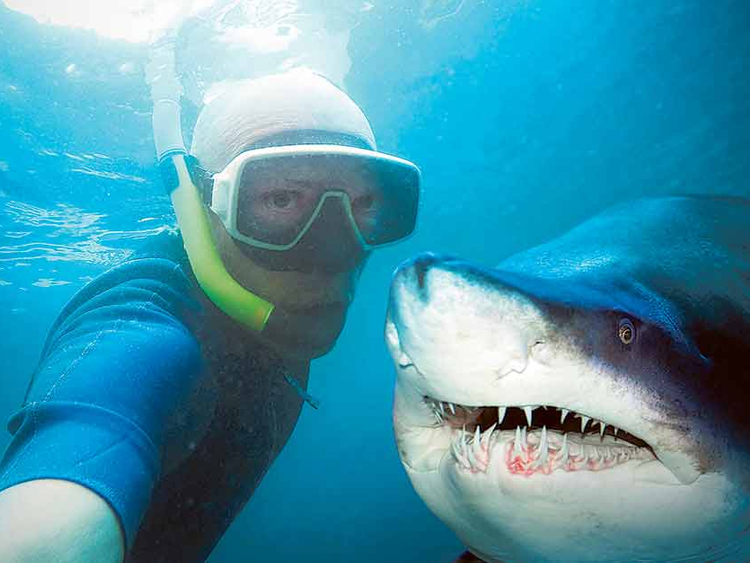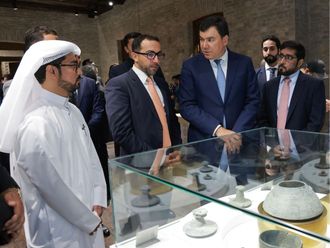Dubai: The trend of taking selfies in the weirdest of situations and posting it on social media websites is not just an ‘empowering experience’, as the selfie queen Kim Kardashian described it, but a manifestation of deeply narcissistic behaviour at its worst, if you would heed the experts.
Mary John, consultant clinical psychologist, Dubai Community Health Centre, explains the dynamics of this vicious cycle of self-indulgence and absorption that has most youngsters hooked on to various social media websites. “Selfie, as the name suggests, is all about the self — you pose, smile, fake your looks and stage manage the whole thing, taking photographs at hundreds of different angles. However bad you may end up looking, you know that you have the liberty of deleting the pictures and taking new ones that fit the perfection you have in mind [of yourself]. There are people who take up to 200 selfies in a day. Once that is done, you post it on a social media website waiting for family, friends and strangers to send ‘likes’. Recently, it was reported that a youth who had posted 200 selfies suffered depression when he got very few likes and actually attempted suicide.”
Why are selfies addictive?
When people take selfies in questionable situations, it is basically to shock others and seek attention, says John. “When a selfie is posted on a social media site and goes viral, the individual in question gets an instant high and instant gratification with the community response. This spikes serotonin and dopamine levels — the ‘feel good’ chemicals in the brain — and this becomes an addiction for an individual who wants to relive and recreate the same experience to feel the rush of these chemicals.”
John believes that individuals who are addicted to the selfie culture are people who are low-to-moderately successful in life. “These individuals are complete introverts in real life or backbenchers who crave celebrity status and this provides them the outlet. It fulfils their need for public approval and encourages them to stage the weirdest selfies to garner any kind of social response. In the case of the young boy in Saudi Arabia who took a selfie with his ailing grandfather — who later died — [he] was manipulating an emotional situation to seek attention. His need for self-gratification has desensitised him to the real emotional context of the situation.”
Fallouts of selfie addiction
The psychological damage from selfie addiction is that people forget to take a reality check on life, says John. Reality is normal, acceptable behaviour, but selfie obsession can make people inhabit a world of false endorsement, she cautions. Selfie addiction can also be a form of self abuse as you begin to evaluate yourself based on the comments people make on your external appearance. The next step would be hallucination and imaginary people and ghost voices as an individual sinks more into a false world, cautions John.
“In the case [of the Saudi boy], he was either very close to his grandfather or very angry with him for his poor health that attracted the attention of all family members. He therefore decided to wrest back the attention by doing something that made a travesty of the mourning. The response from the social media shows that he succeeded in seeking attention,” says John.
John feels that society as a whole needs to check this trend and revert to conservative practices. “People need to slow down on the selfie culture and resist the lure of self-obsession.”













